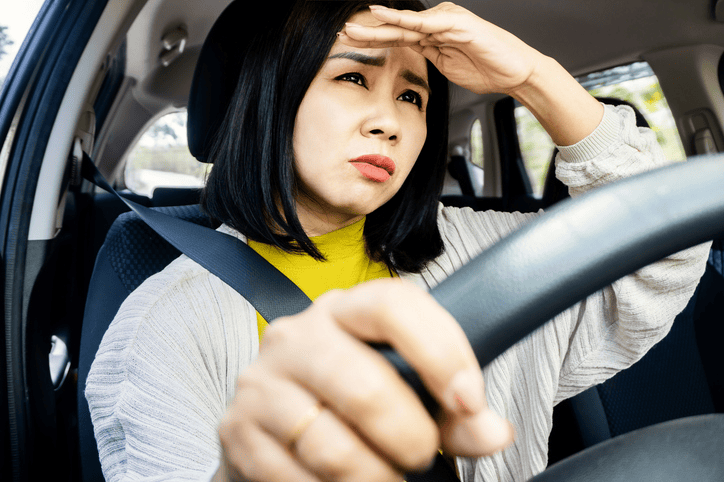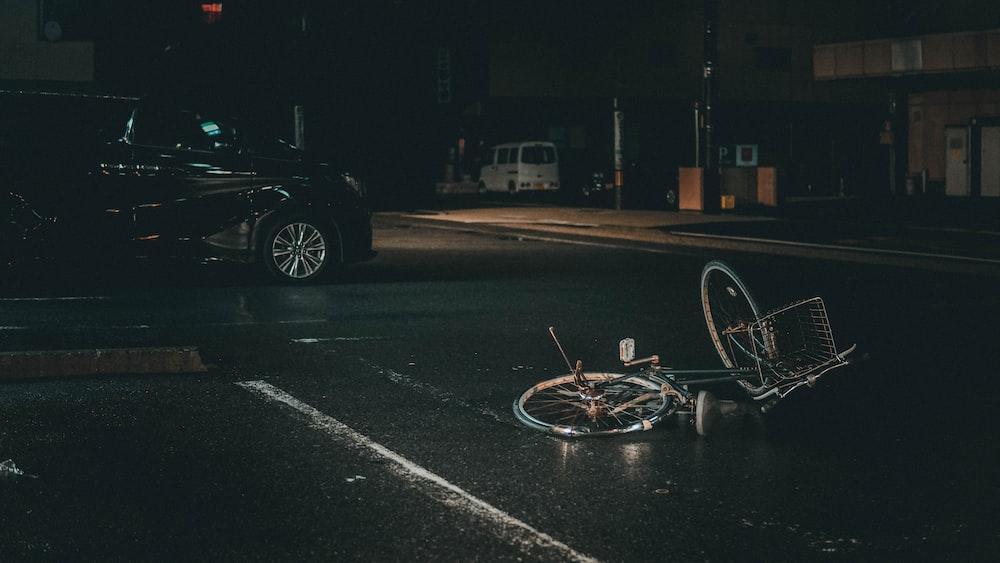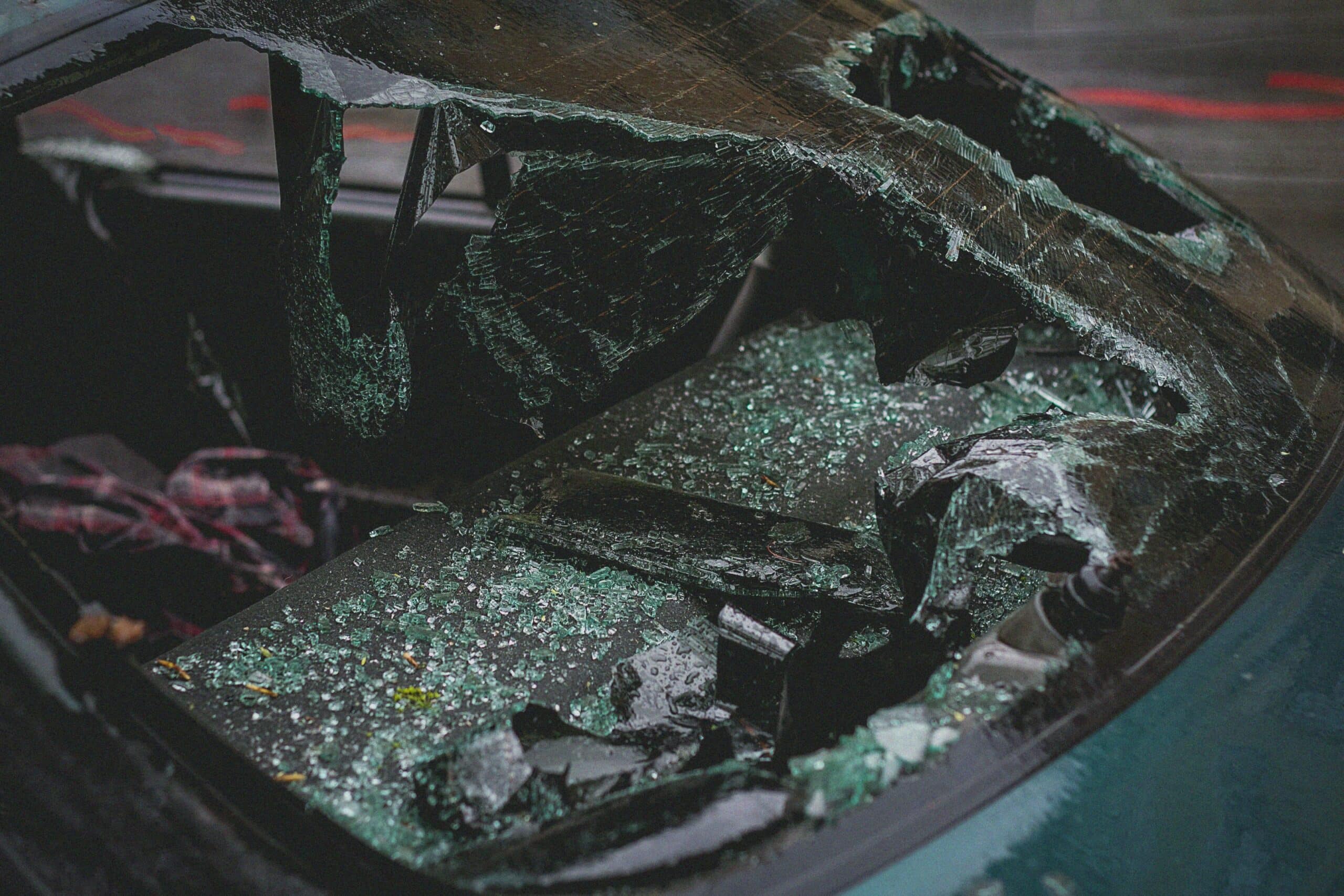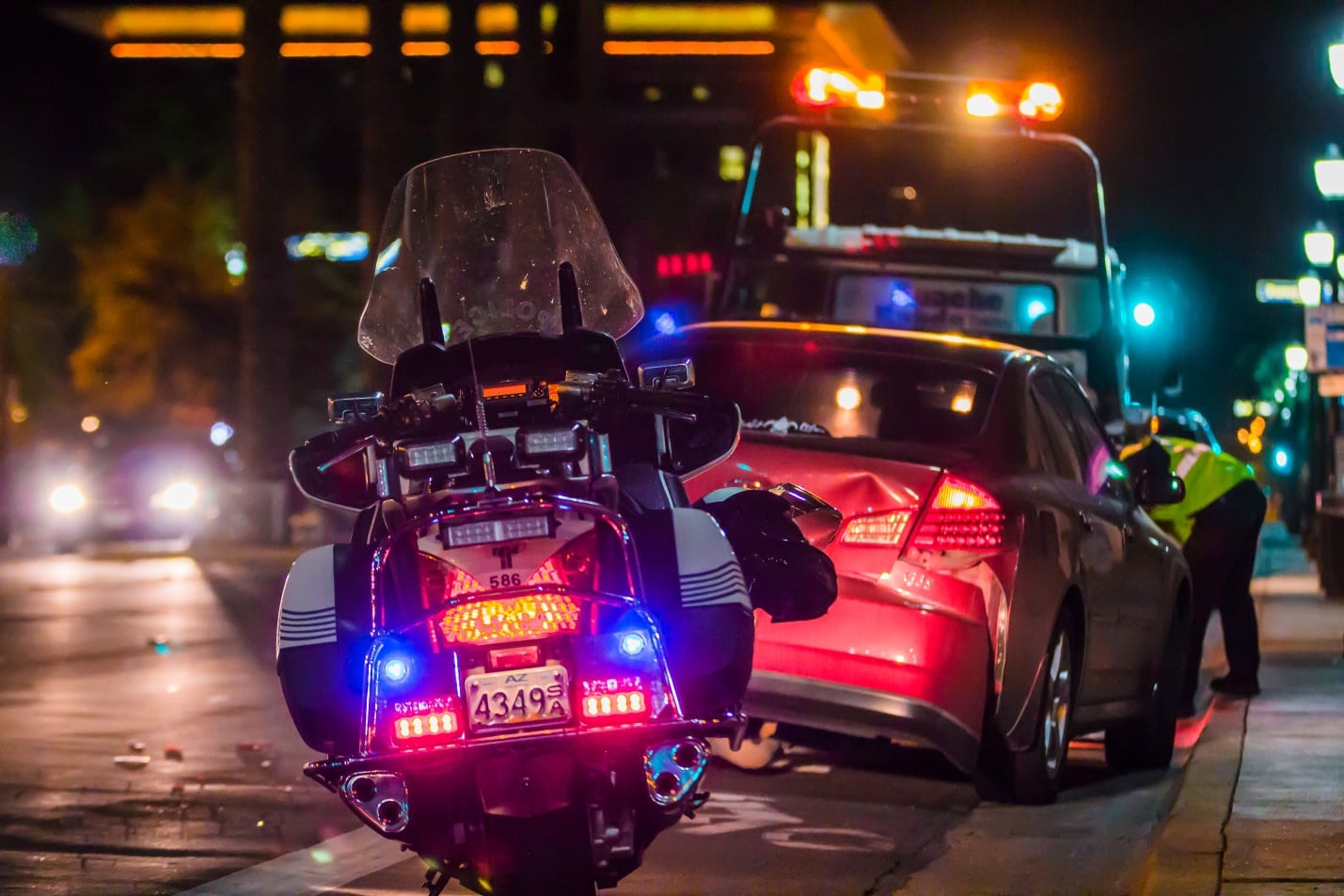
Pulling out of a parallel parking spot seems like a routine task for any driver. However, what happens when an unexpected accident occurs during this seemingly mundane maneuver? Understanding the right of way in such situations and the legal aspects associated with parking lot accidents is crucial. In this article, we’ll explore the complexities of pulling out of a parallel parking spot accident, shedding light on the right of way, traffic laws, common causes of parking lot accidents, and when such incidents can turn into personal injury cases.
Do Drivers Have the Right of Way When Pulling Out of a Parking Space?
Determining the right of way when pulling out of a parking spot isn’t always straightforward. Unlike intersections, where traffic signals or stop signs dictate the flow of traffic, parking lots can be a bit of a wild west in terms of traffic rules. The National Safety Council (NSC) recommends that drivers pulling out of a parking space should yield to oncoming traffic.
This means that if you’re exiting a parallel parking space, you must exercise caution and yield to any vehicles approaching from the lane. It’s essential to wait for a safe gap in traffic before proceeding. Failing to yield when necessary could lead to an accident, and determining fault becomes crucial in such situations.
However, this is a general guideline, and actual right-of-way laws can vary by state and municipality. It’s essential to be aware of the local traffic laws that might affect your case.
Accidents Involving Two Drivers Backing Out:
What happens when two drivers simultaneously attempt to back out of adjacent parking spots, leading to an unfortunate collision? In such cases, where multiple cars are involved, establishing fault becomes pivotal. One general rule is that the driver who began the maneuver first might be deemed less at fault. However, this can be subjective, and the circumstances of the accident play a crucial role.
It is recommended to contact the police to document the incident, gather witness statements if possible, and exchange insurance information. This documentation can be invaluable when determining fault and pursuing a personal injury claim or compensation for damages.
How Does Right-of-Way Work Elsewhere in a Parking Lot?
Right-of-way rules in parking lots are often less straightforward than on regular roads. While drivers on the main driving lanes typically have the right of way, this can be influenced by other factors. For instance, drivers should yield to those already in the main lane when navigating through rows of parked cars.
Traffic signals and stop signs within parking lots also indicate right-of-way. Ignoring these signs can lead to accidents and complicate the determination of fault. It’s crucial to adhere to these signals and signs to prevent potential hazards and ensure a smooth traffic flow within the parking lot.
Determining Fault in Parking Lot Collisions:
Establishing fault in a parking lot collision can be challenging due to the complex and often ambiguous nature of parking lot traffic. Factors such as speed limit violations, failure to use turn signals, and not paying attention to surroundings can contribute to an accident. It’s crucial to document the incident thoroughly, exchange information with the other driver involved, and report the accident to law enforcement.
In many cases, parking lot accidents result from poor visibility, blind spots, and drivers behaving unreasonably. Determining fault may involve analyzing the sequence of events leading up to the collision, reviewing witness statements, and assessing any available surveillance footage.
Common Causes of Parking Lot Accidents:
Parking lot accidents are more common than one might think. Poor visibility, distracted drivers, and tight spaces can contribute to collisions. Here are some common scenarios that lead to parking lot car accidents:
Negligent Drivers: Some drivers may behave unreasonably in parking lots, speeding or changing lanes without proper caution.
Blind Spots: Limited visibility, especially around corners and between parked cars, can result in accidents if drivers are not vigilant.
Failure to Signal: Without clear traffic signals in parking lots, using turn signals becomes crucial. However, some drivers neglect to indicate their intentions, leading to confusion and potential accidents.
Traffic Flow: A busy parking lot with cars moving in opposite directions creates potential hazards. Drivers must be attentive and yield appropriately.
Parallel Parking Challenges: Maneuvering into and out of parallel parking spaces requires precision. Errors in judgment or parking too close to other vehicles can lead to accidents.
When Does a Parking Lot Accident Turn Into a Personal Injury Case?
While many parking lot accidents result in minor damages, there are instances where the consequences are more severe, leading to personal injury claims. Some factors that can escalate a parking lot car accident into a personal injury case include:
Serious Injuries: If the accident results in serious injuries to any party involved, it may qualify as a personal injury case.
Determining Fault: Establishing fault is crucial in personal injury cases. If one driver is found liable for the accident due to negligent behavior, legal action may be pursued.
Emotional Distress: Emotional distress resulting from a parking lot car accident, such as anxiety or post-traumatic stress, can be considered in a personal injury claim.
Medical Care and Expenses: Seeking medical care and incurring expenses due to injuries sustained in the accident may warrant a personal injury claim.
Even Death: In unfortunate cases where a parking lot accident leads to a fatality, the legal matters become more complex and may involve wrongful death claims.
Navigating the Aftermath: Steps to Take After a Parking Lot Accident:
If you find yourself involved in pulling out of a parallel parking spot accident, taking the right steps is crucial. Here’s a guide on what to do in the aftermath:
Ensure Safety: Check for injuries and move to a safe location if possible. Turn on hazard lights to alert other drivers.
Contact Authorities: Call the police to report the accident. Having an official report can be crucial for insurance claims and legal proceedings.
Exchange Information: Exchange contact and insurance information with the other party involved. Be sure to document details like the make and model of the vehicles and license plate numbers.
Gather Evidence: Take photos of the accident scene, including the positioning of the cars, any damages, and relevant road markings or signs.
Witness Information: Collect their contact information if there are any witnesses. Their statements may be valuable in determining fault.
Contact Your Insurance Company: Notify your insurance company about the accident as soon as possible. Provide them with all the necessary information and cooperate with their investigation.
The Role of an Experienced Personal Injury Lawyer:
Navigating the aftermath of a pulling out of a parallel parking spot accident can be a complex process, especially when it comes to determining fault, insurance claims, and potential legal action. In such situations, the role of an experienced personal injury lawyer becomes crucial. Let’s delve into the specific responsibilities and contributions of a skilled attorney in the context of parking lot accidents.
Legal Expertise: Attorneys have specialized knowledge in personal injury law, aiding in the interpretation of complex regulations and statutes.
Investigation and Evidence Gathering: They conduct thorough investigations, gathering evidence such as photos, witness statements, and surveillance footage.
Determining Liability: Attorneys analyze evidence to determine who is at fault, a crucial factor in personal injury cases.
Dealing with Insurance Companies: Attorneys handle communications with insurance companies, ensuring fair compensation and protecting clients from tactics to minimize payouts.
Calculating Damages: Attorneys assess the full extent of damages, including medical expenses, property damage, lost wages, and pain and suffering.
Negotiation and Settlement: They skillfully negotiate with the other party or insurance company to reach a fair settlement outside of court.

Discover Legal Support at BLG
Pulling out of a parallel parking spot accident can lead to unexpected legal complications. Understanding the right of way, traffic laws and the potential for personal injury claims is essential for any driver. If you find yourself involved in such an incident, remember to prioritize safety, follow proper procedures, and seek legal guidance if necessary. By being informed and proactive, you can confidently navigate the aftermath of a parking lot accident and protect your rights.
At BLG, we understand the complexities of pulling out of a parallel parking spot accident. If you’ve been involved in such an incident and need expert guidance, our experienced personal injury lawyers are here for you. Don’t navigate the legal complexities alone; let us advocate for your rights and help you recover fair compensation.
Contact BLG today for a free consultation.





